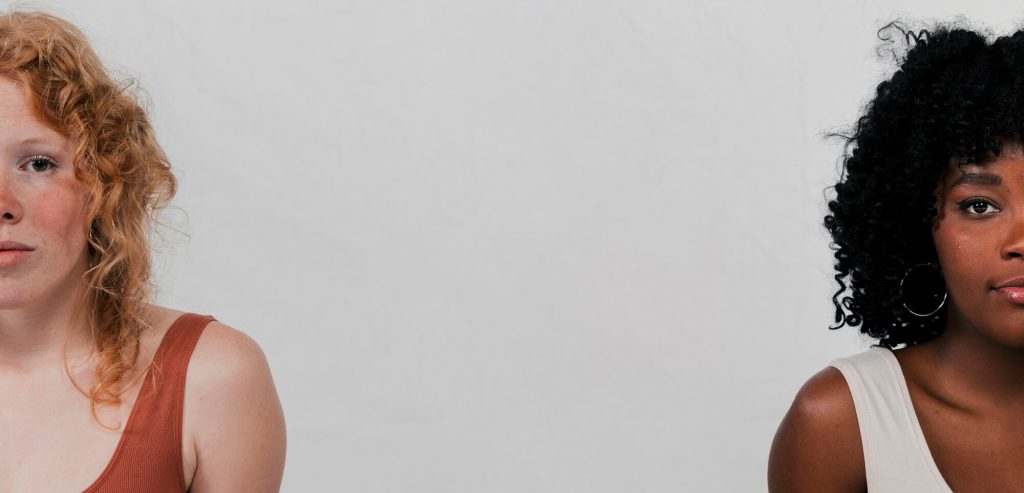
Your baby’s first pediatrician visit is more than just a routine appointment—it’s a significant milestone for you and your newborn. After the whirlwind of childbirth and those magical (and sleep-deprived) first days at home, visiting the pediatrician can feel overwhelming. But don’t worry! With the right preparation, this visit can be a reassuring and empowering experience.
In this guide, we’ll break down everything you need to know: what happens during the first pediatrician visit, what questions to ask, what to bring, and how to make the most of this essential appointment.
🕒 When Should You Schedule the First Visit?
The first pediatrician appointment typically happens within 3 to 5 days after birth, or within 48–72 hours after leaving the hospital. This visit is essential to check your baby’s weight, jaundice levels, feeding patterns, and overall adjustment to life outside the womb.
If your baby was born prematurely or had any complications, your doctor might recommend an earlier visit.
📋 What to Bring to the Appointment
To make your visit as smooth as possible, pack the following essentials:
- Your baby’s discharge papers from the hospital
- Feeding log (how often and how much your baby is feeding)
- Diaper log (wet/dirty diapers per day)
- Insurance card and ID
- List of questions or concerns
- A change of clothes for your baby (just in case!)
- Diapers, wipes, and burp cloths
If your baby is formula-fed, bring a bottle or two. For breastfeeding moms, consider feeding your baby at the clinic if timing aligns—some pediatricians observe latch or feeding behaviors.
🩺 What to Expect During the First Visit
1. Physical Examination
Your pediatrician will perform a thorough head-to-toe examination to check your baby’s health and development:
- Weight, length, and head circumference
- Reflexes (such as the startle or grasp reflex)
- Skin tone and jaundice screening
- Umbilical cord stump
- Genitals and hips
- Heart and lungs using a stethoscope
2. Discussion About Feeding
Whether you’re breastfeeding, formula feeding, or both, your pediatrician will ask detailed questions:
- How often is your baby feeding?
- How many wet and dirty diapers are there in 24 hours?
- Any signs of latching difficulties, spit-up, or fussiness?
This is a great time to voice any worries about milk supply, nipple pain, or bottle selection.
3. Monitoring for Jaundice
Newborn jaundice (a yellowing of the skin and eyes) is common and usually harmless, but your pediatrician will want to ensure it’s resolving normally. A visual exam or bilirubin test may be done.
❓ Questions You Should Definitely Ask
It’s completely normal to feel overwhelmed or unsure during your first visit. That’s why having a list of questions ahead of time can help you feel more confident and engaged. Here are some important ones to consider:
🍼 Feeding and Nutrition
- How do I know if my baby is getting enough milk?
- What are the signs of dehydration in a newborn?
- Should I wake my baby to feed?
- Is my baby’s spit-up normal?
💩 Diapering and Digestion
- How many wet and dirty diapers are normal per day?
- What should baby poop look like in the first few weeks?
- When should I be concerned about constipation or diarrhea?
😴 Sleep and Soothing
- How many hours should my baby sleep each day?
- Is it normal for my baby to have irregular sleep patterns?
- How can I safely soothe a fussy baby?
- Should I use a pacifier?
🛁 Bathing and Skincare
- When can I give my baby a bath?
- How do I care for the umbilical cord stump?
- What products are safe for newborn skin?
- Is baby acne normal?
📈 Growth and Milestones
- How much weight should my baby gain each week?
- What early developmental signs should I look for?
- When should I expect the first smile?
💉 Vaccinations and Check-ups
- What is the newborn vaccination schedule?
- When is the next appointment?
- Are there any upcoming developmental screenings?
🧘♀️ Tips to Make the Visit Easier
1. Time It Right
Try to schedule the appointment during your baby’s more peaceful window—usually after a feeding and nap. A well-rested and full baby is typically easier to handle during exams.
2. Take Notes
You may be flooded with information during the visit. Taking notes (or having your partner do so) ensures you won’t forget valuable advice.
3. Speak Up
Don’t hesitate to bring up anything that worries you—even if it seems trivial. That small rash, strange sound during sleep, or weird poop color? Ask. Your peace of mind matters.

🧡 Establishing a Relationship with Your Pediatrician
This first visit is also about building trust with your baby’s doctor. Think of the pediatrician as a key partner in your parenting journey.
Ask yourself:
- Do I feel heard and supported?
- Does the doctor explain things clearly?
- Is the office staff helpful and organized?
You’ll be seeing this doctor frequently in the coming months, so it’s essential to feel comfortable and respected.
🌿 Understanding the Follow-Up Schedule
Your pediatrician will lay out the recommended visit timeline, which often looks like this:
- 2 weeks old
- 1 month
- 2 months
- 4 months
- 6 months
- And so on…
Each of these visits will include developmental check-ins, vaccinations, and tailored guidance for that stage of your baby’s life.
🚫 Common Myths to Ignore
There’s a lot of advice floating around, and not all of it is accurate. Let’s bust a few myths:
- “If a baby cries, they’re hungry.” Not always! Babies cry for many reasons: discomfort, overstimulation, or just wanting to be held.
- “Newborns should poop after every feed.” Not necessarily. Frequency varies widely.
- “It’s too early to ask about sleep training.” Learning about healthy sleep habits early helps in the long run—even if you’re not “training” yet.
📝 Final Thoughts
Your baby’s first pediatrician visit is more than a routine check-up—it’s your chance to lay the foundation for a healthy, well-supported parenting journey. With a little preparation and a clear idea of what to expect, you can walk into that clinic with confidence and come out with clarity and peace of mind.
Remember, no question is too small. Your role as a parent begins with curiosity, connection, and care. And it all starts here.
Welcome to parenthood—you’ve got this. 💪👶








